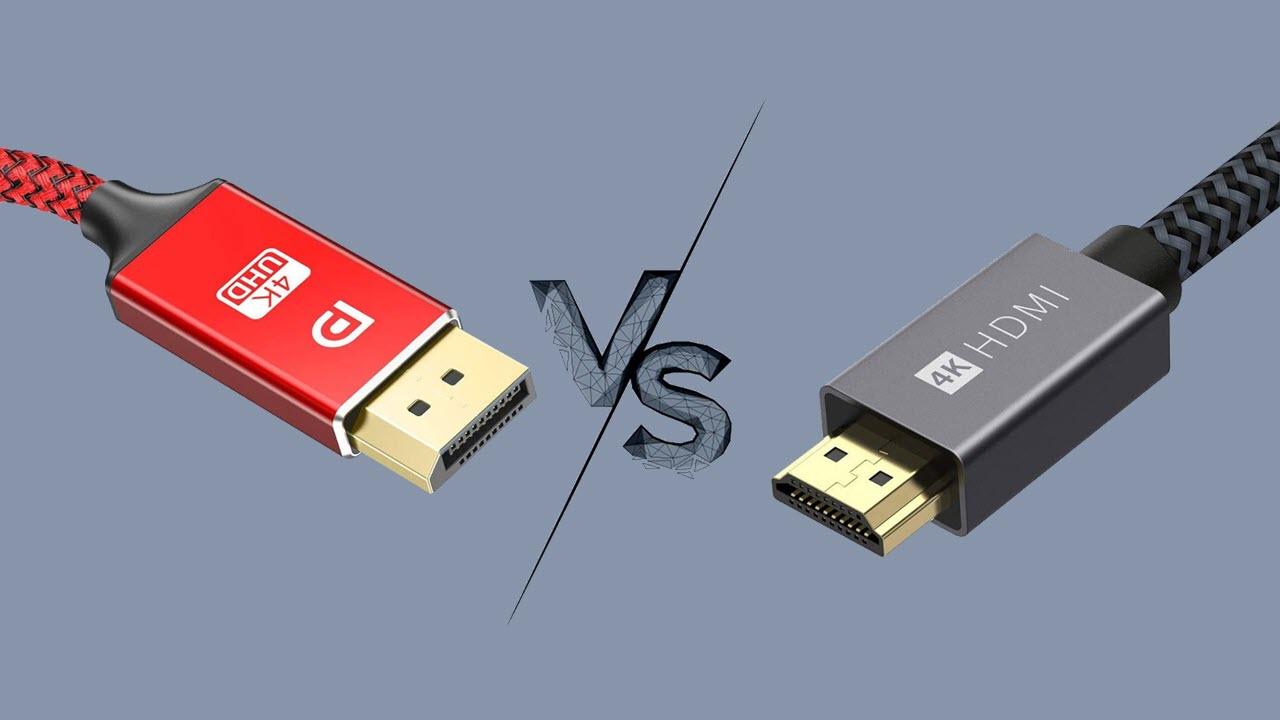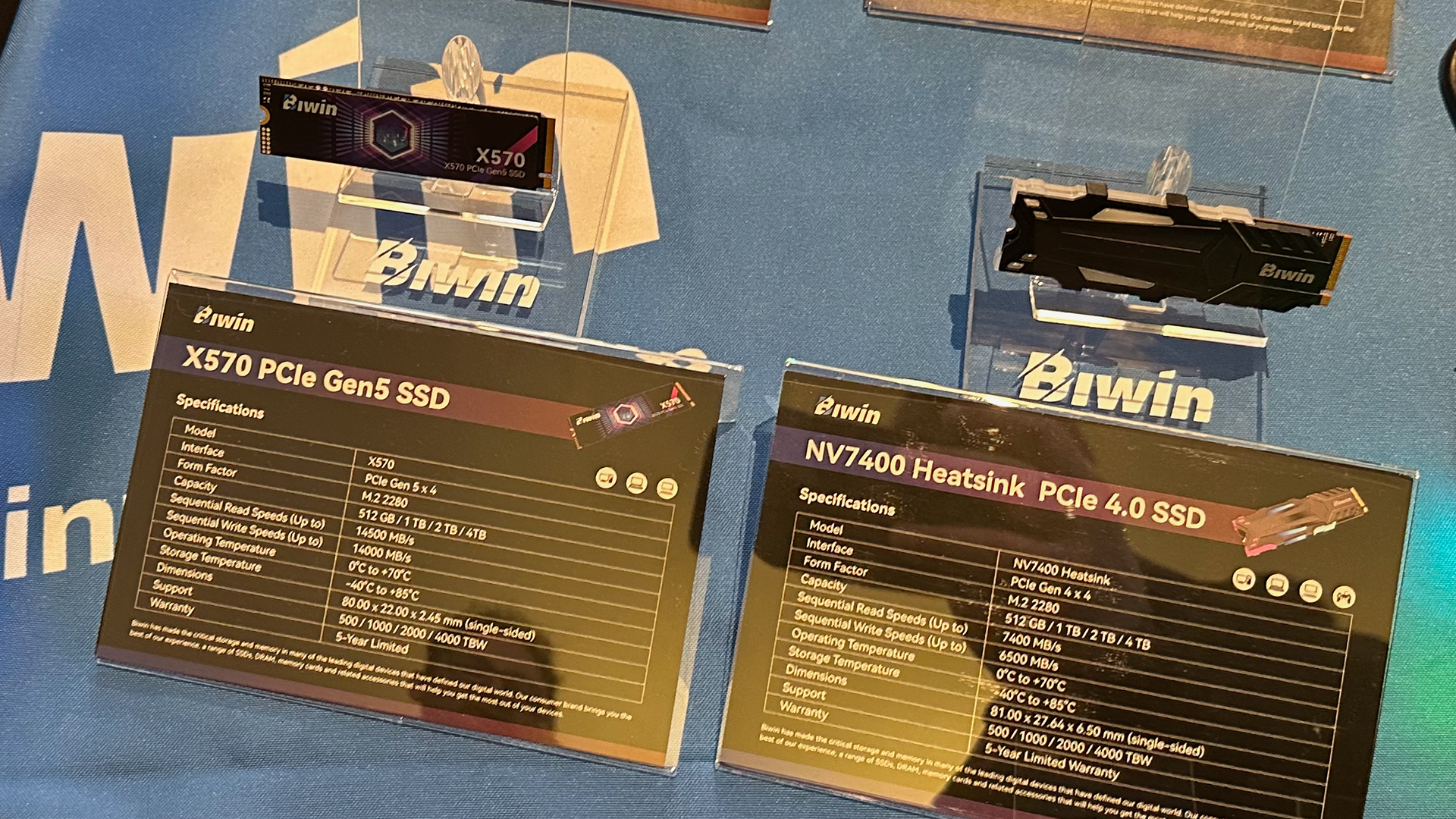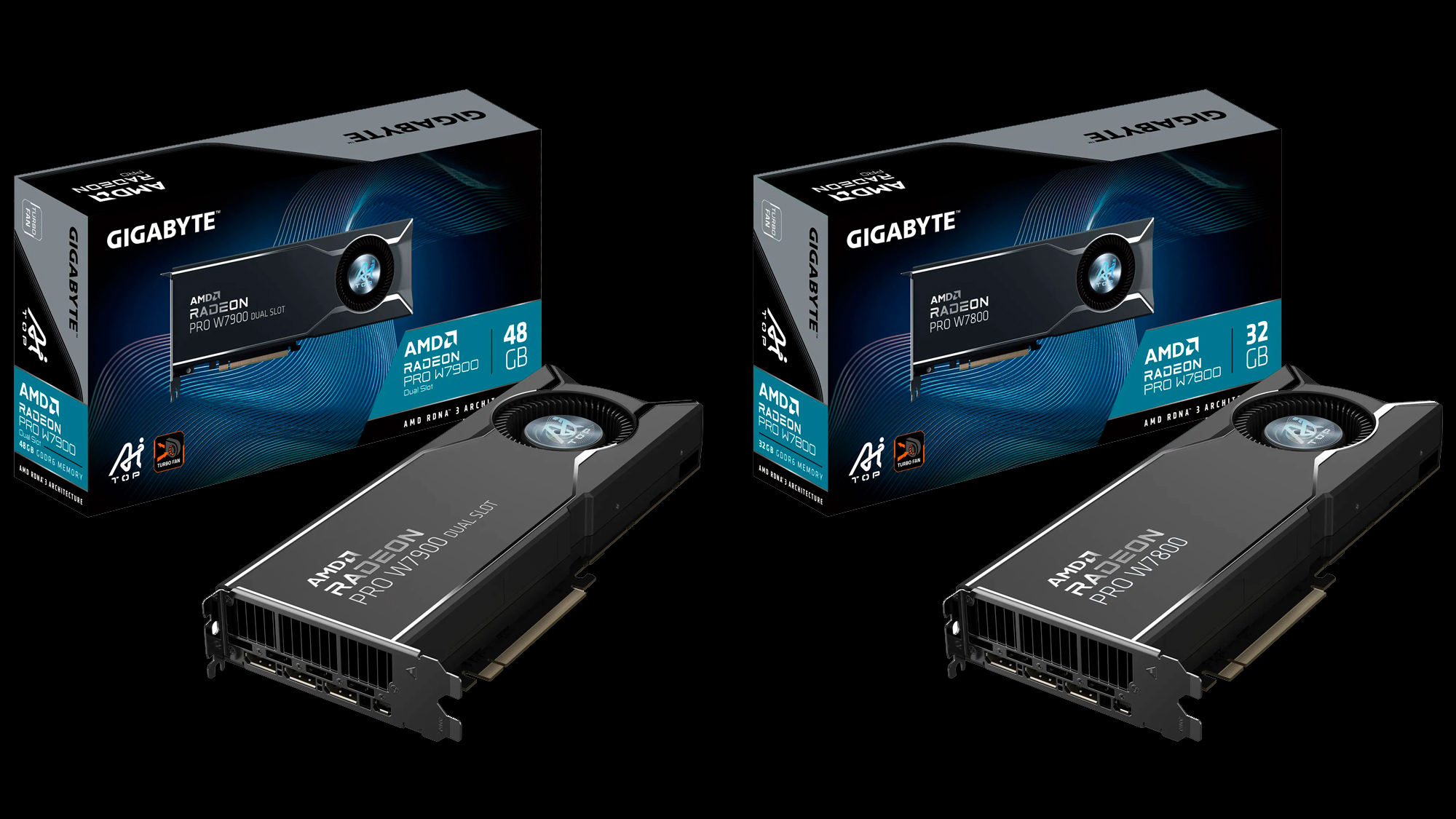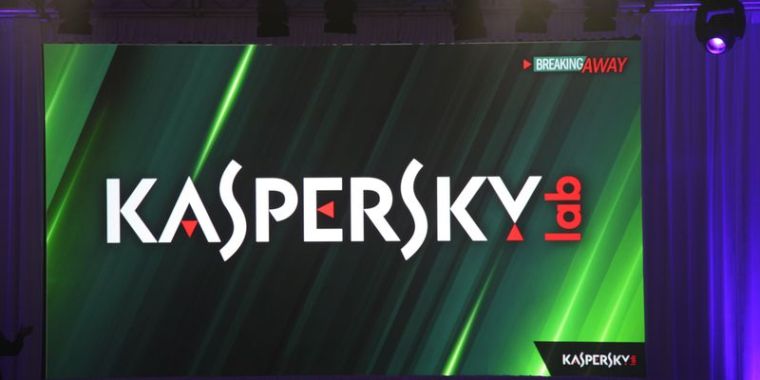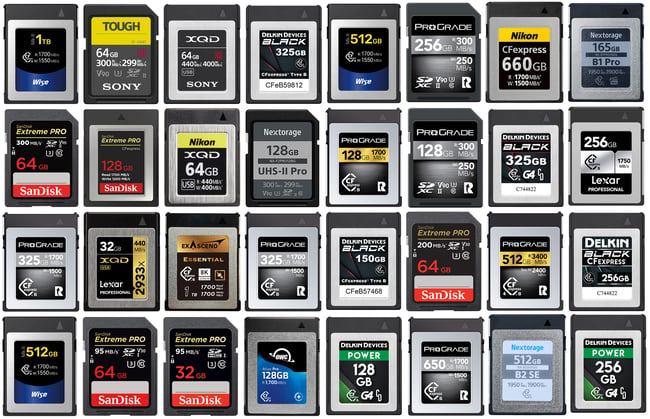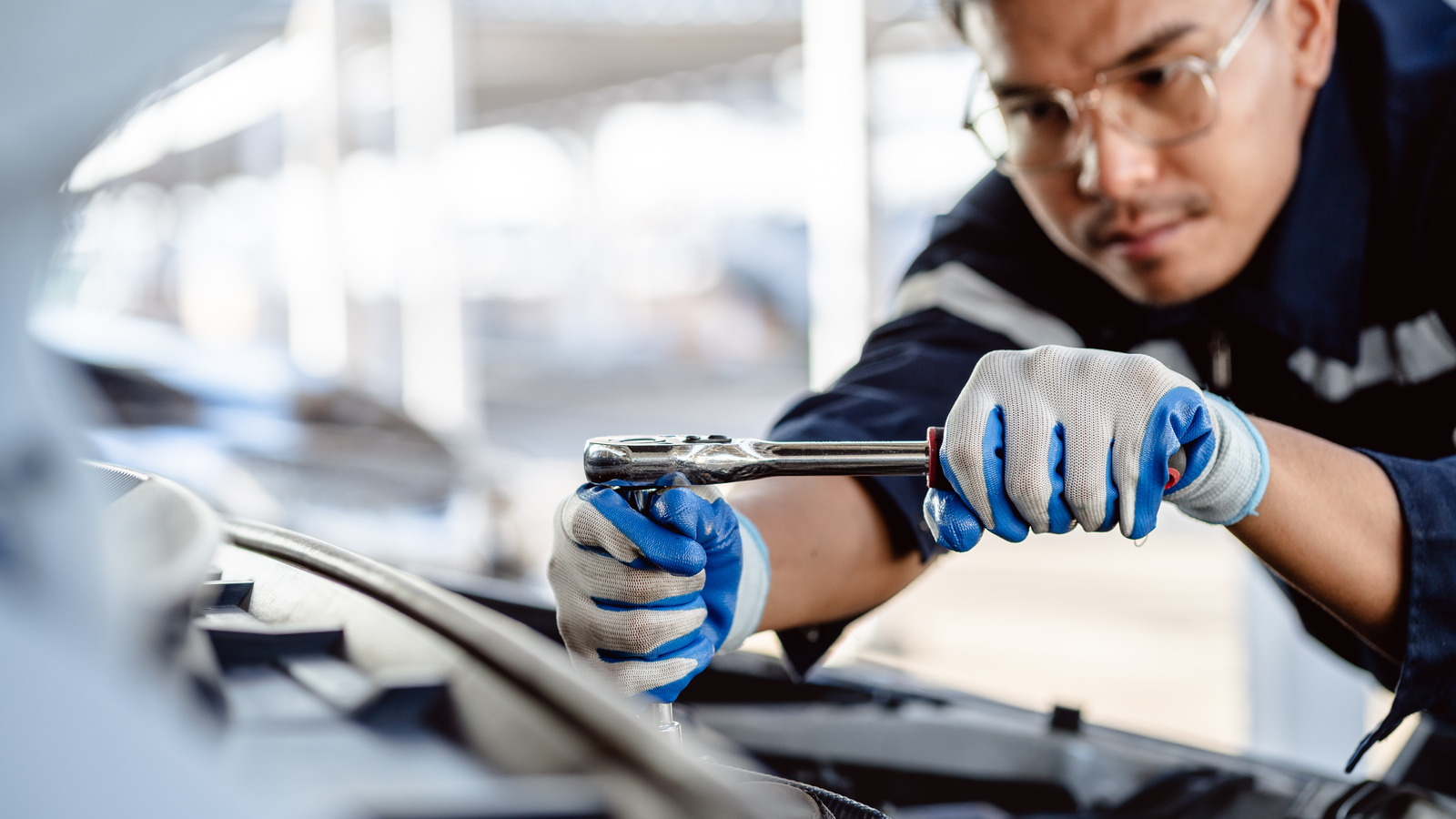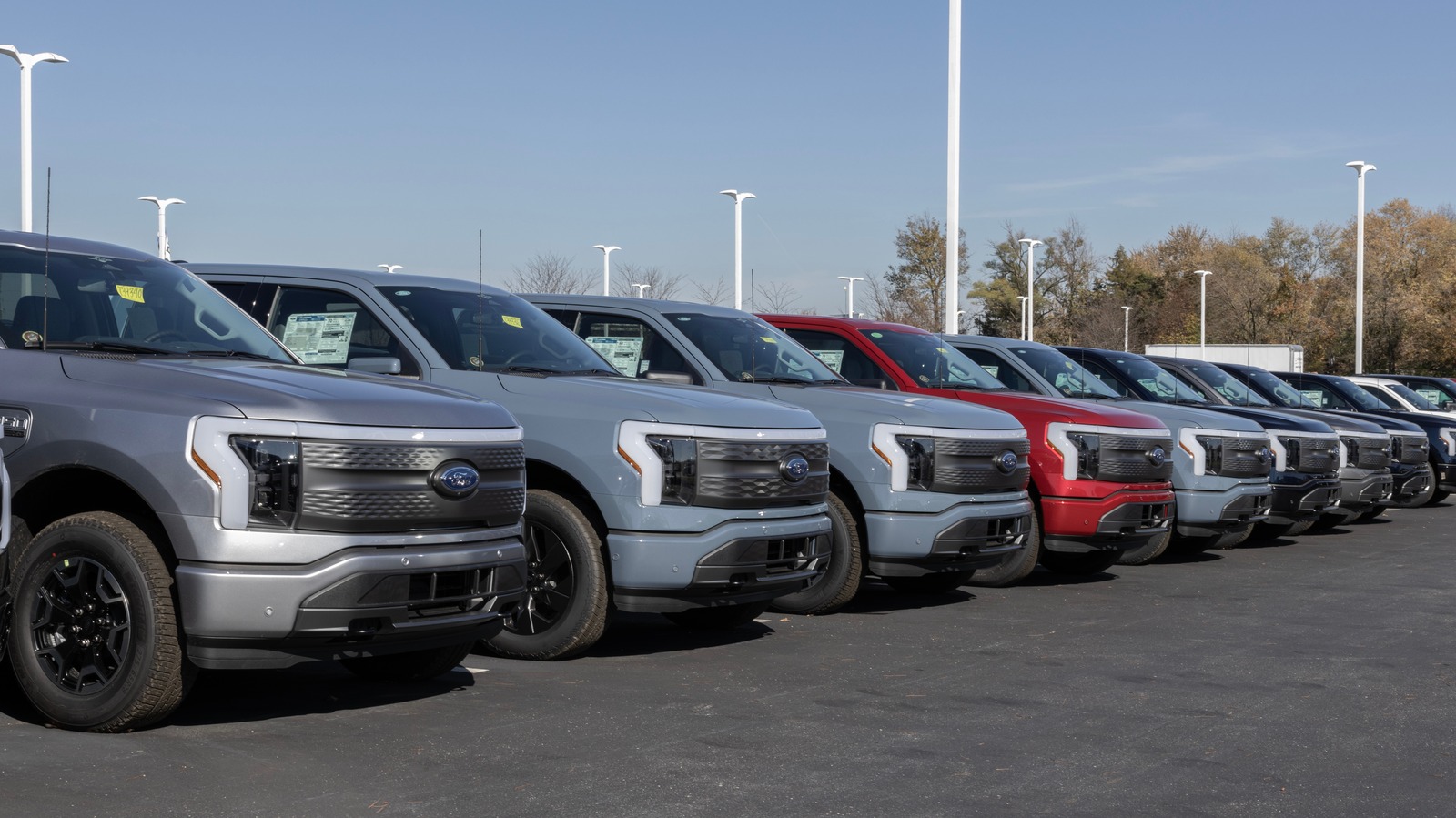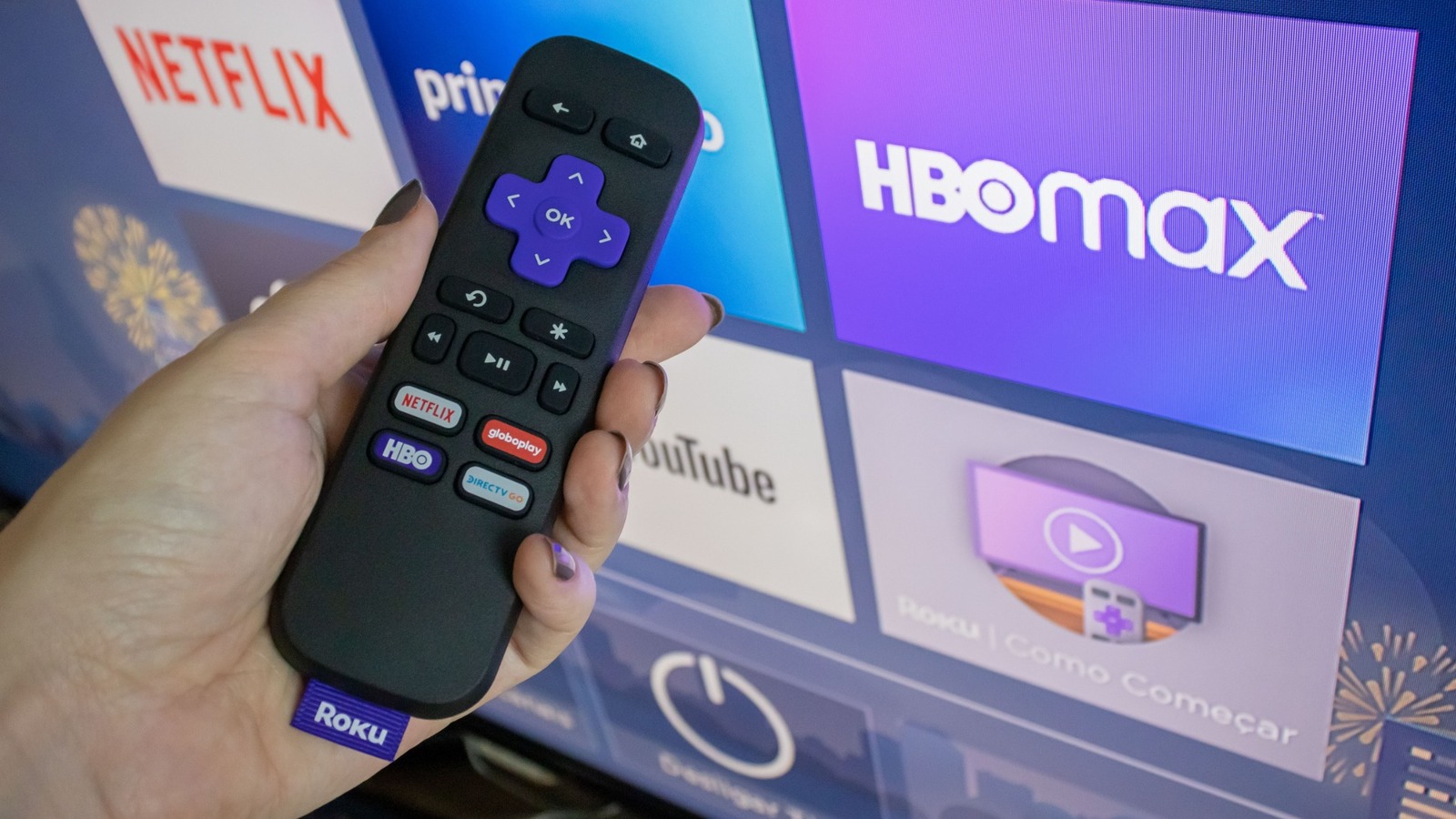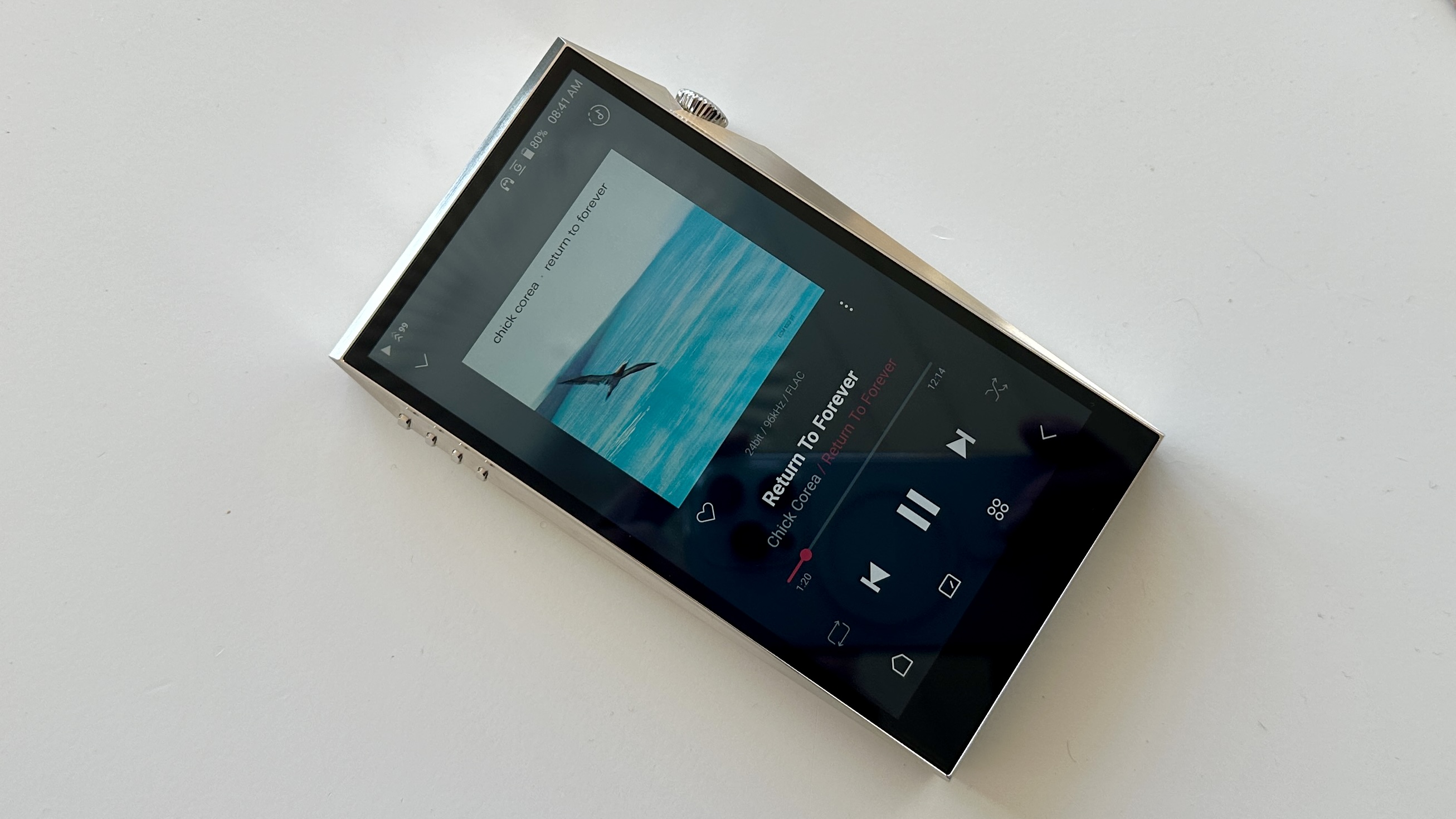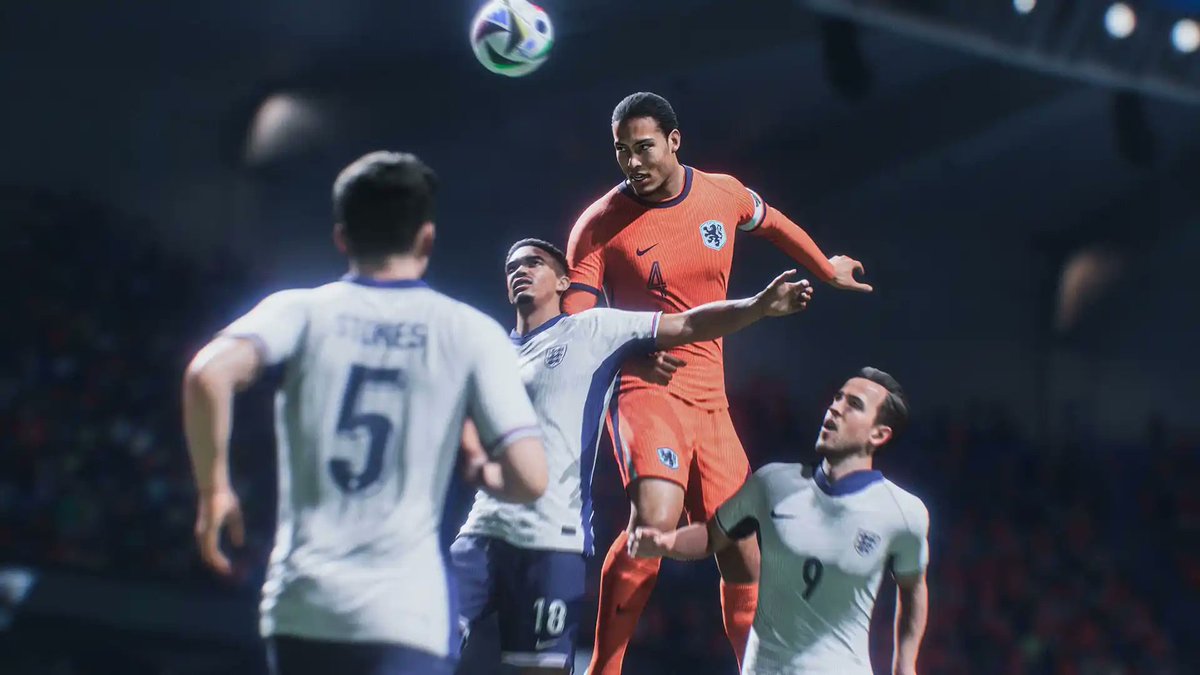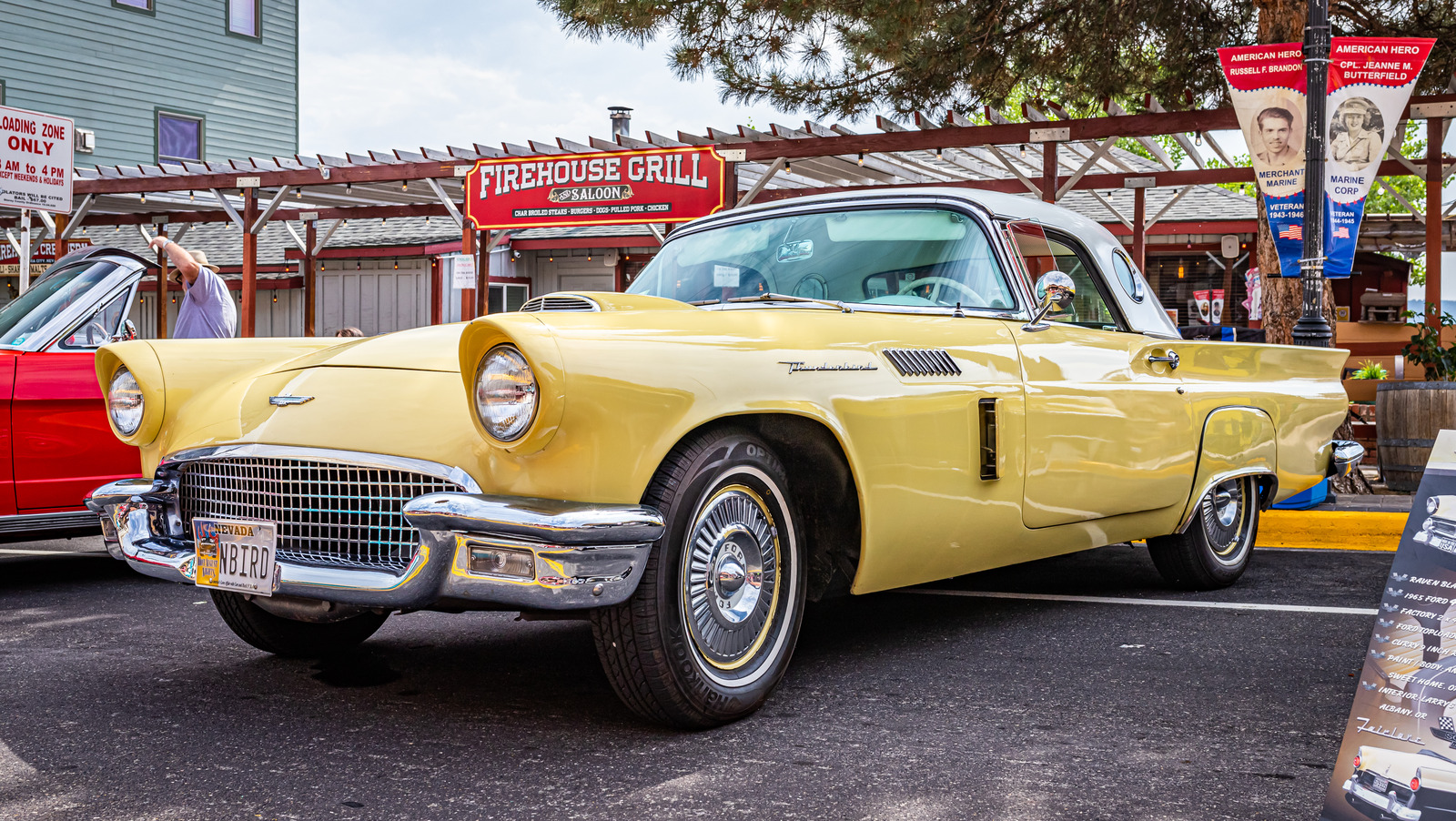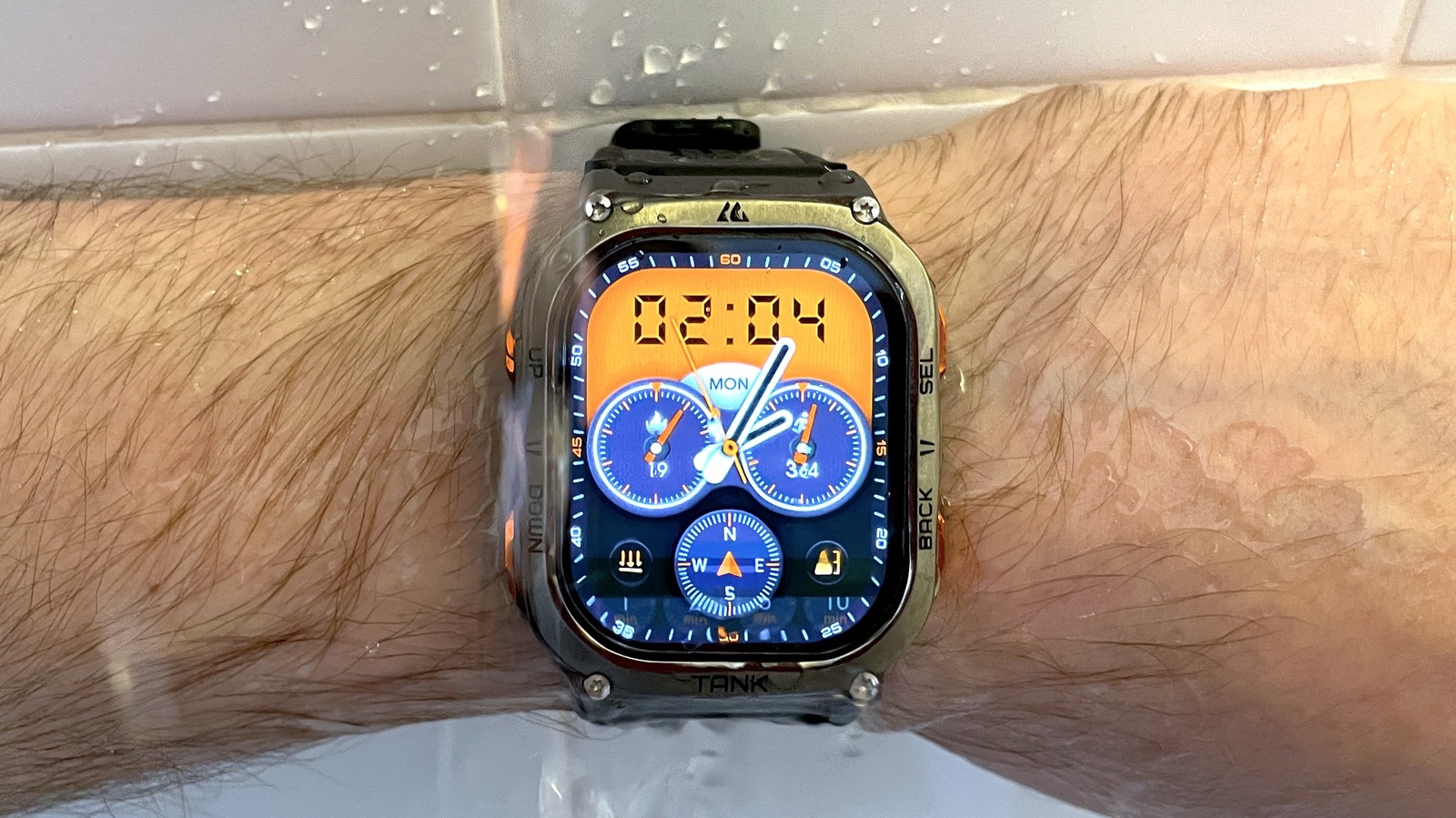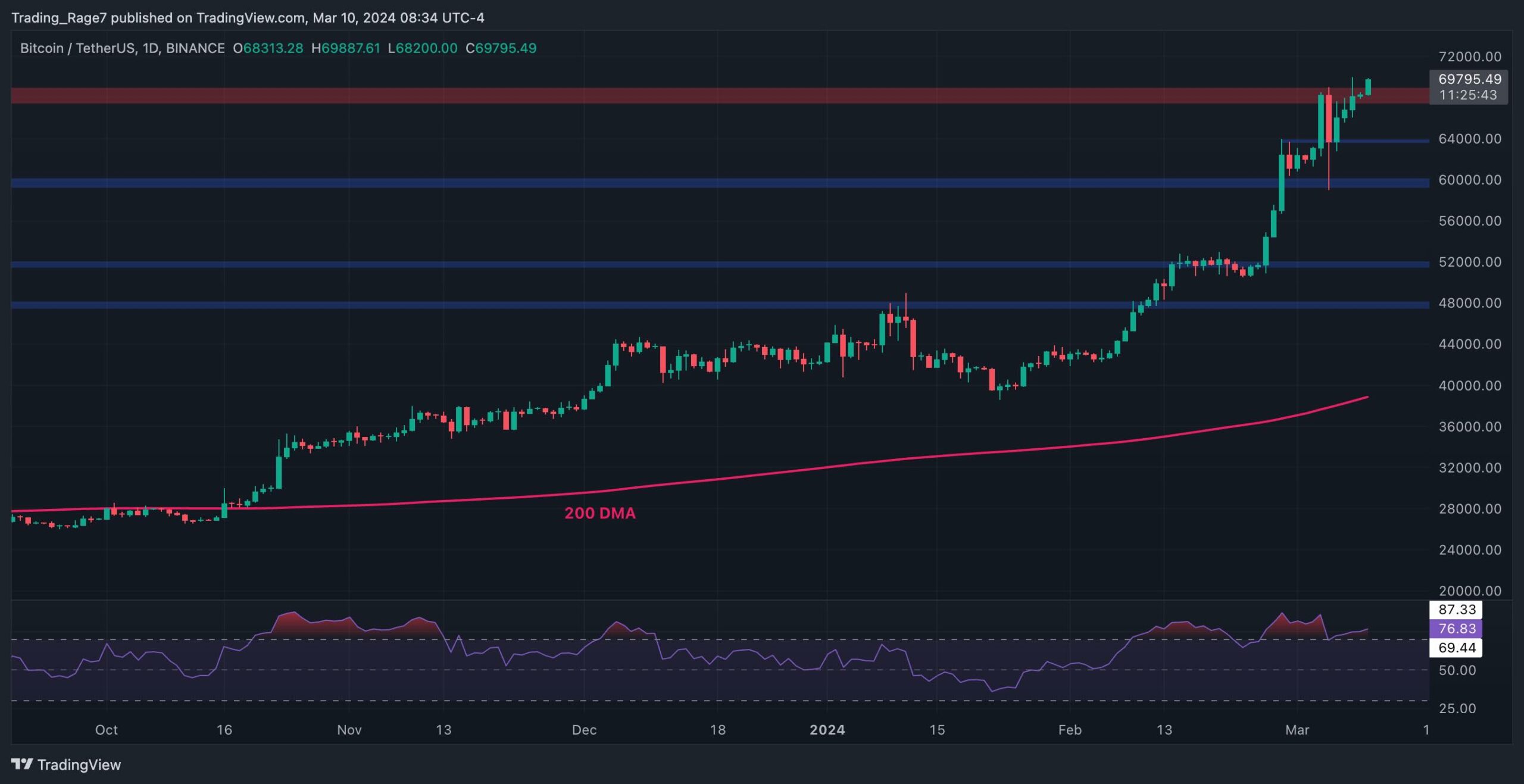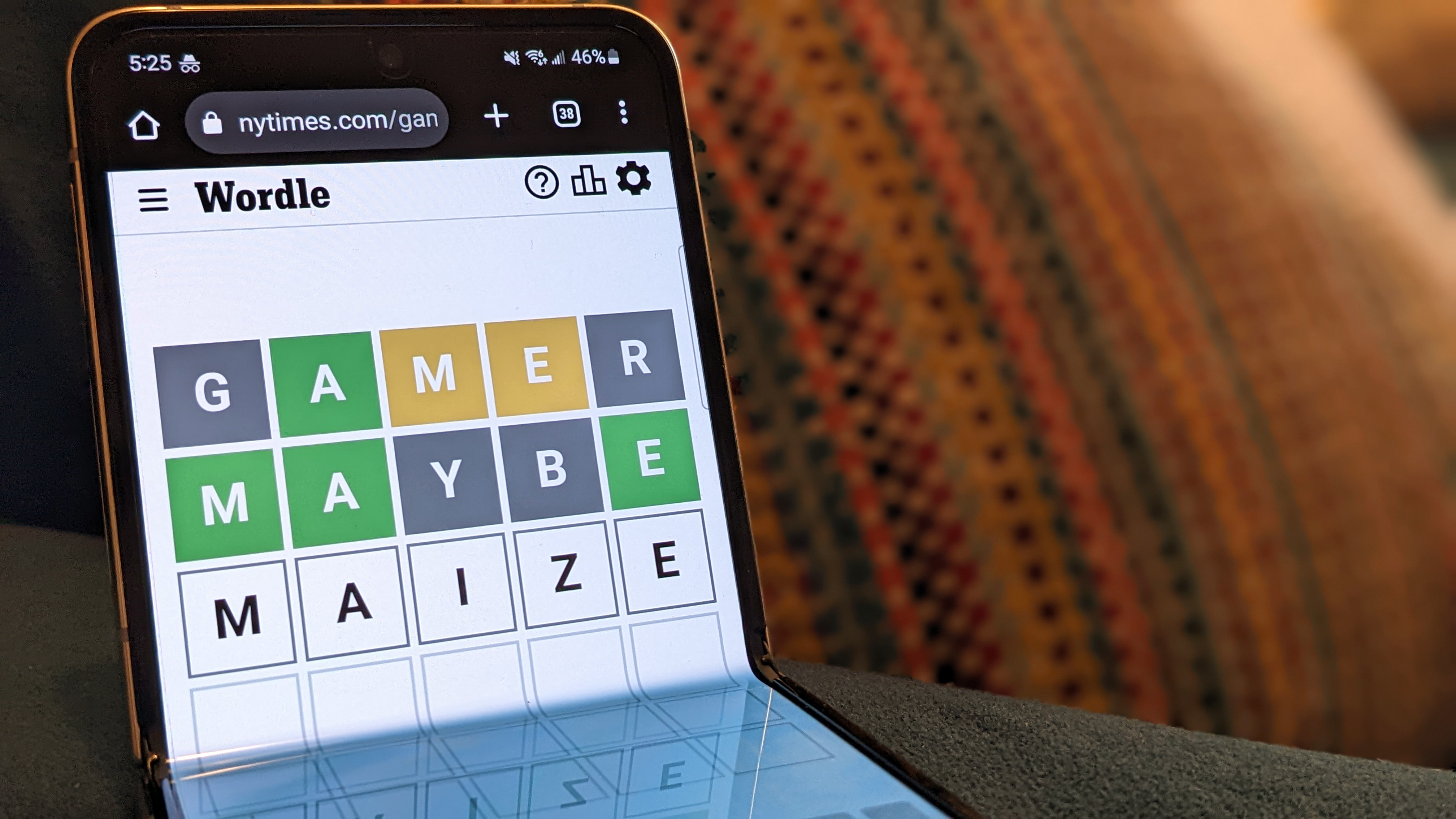Panasonic Lumix DC-S9 preview
When you use DPReview links to buy products, the site may earn a commission. Sample galleryThis widget is not optimized for RSS feed readers. Please open this article's permalink in a browser to view this content. Product images by Dale Baskin/Mitchell Clark The Panasonic Lumix S9 is the newest addition to Panasonic's line of full-frame mirrorless cameras, though it differs considerably from previous models. It's the first in the series to diverge from the traditional DSLR form factor. More significantly, it's the first full-frame Lumix camera aimed squarely at social media content creators.Recent Videos The basic premise of the S9 is that it's designed to simplify and speed-up the social media workflow. The goal is to allow content creators to generate photos or videos ready to publish straight out of the camera without additional editing in other applications. Key specifications 24MP BSI CMOS sensor with on-sensor phase detection 4K 3:2 open-gate video in 25 or 30p (4:2:0 10-bit) with new 'MP4 (Lite)' codec 6K 3:2 open-gate video at up to 30p (4:2:0 10-bit) 6K or DCI/UHD 4K from full sensor width up to 30p DCI/UHD 4K up to 60p (with APS-C crop) Dedicated LUT button to apply LUTs in real time (photos and video) Tight integration with the new LumixLab smartphone app Dual conversion gain sensor with explicit 'Dual Native ISO' gain selection UHS-II card slot 1.84M dot fully-articulating LCD The Lumix S9 will be available from the end of May 2024 at a suggested retail price of $1499. Four color options are available: night blue, dark olive, crimson red and jet black. Alongside the S9, Panasonic also announced a new L-mount lens designed to pair with the camera. The Lumix S 26mm F8 is a fixed-aperture, manual focus 'pancake' style lens with a suggested retail price of $199. Index: What's new? How it compares Body and controls Initial impressions Sample gallery Specifications Press release Buy now:$1798 w/ 20-60mm at B&H Photo$1498 at Adorama What's new: Under the hood, the Panasonic S9 is largely the same camera as the Panasonic S5II. However, by necessity, it omits some of that camera's hardware features in the interest of size, including an EVF, a second main command dial, a joystick, a second card slot and an integrated fan. And while the two cameras share a common technology platform, the S9 is not intended to be a more compact version of the S5II: the cameras have very different design philosophies and are aimed at different types of users. Social media-focused workflow The S9 is specifically designed with a social media workflow in mind. This means providing social media creators with the tools necessary to generate a unique, signature look to their photos and videos straight out of the camera without requiring any editing skills. Panasonic describes this as the ability to "Shoot, edit and share in 30 seconds." While 30 seconds may be a bit optimistic, it's important to understand that this social media workflow underpins the camera's features and design choices. In essence, the S9 is intended to provide social media creators with a camera-to-social-media workflow that can be executed quickly and easily, wherever they may be, without relying on a computer or any third-party software. Although the camera can support an enthusiast photographer's workflow, it's not optimized around that use case in the same way as a camera like the S5II and lacks features that dedicated photographers are likely to value, such as a dedicated viewfinder, a second command dial and direct controls for features such as AF mode and area. Expanded use of 'Real Time' LUTs A core feature of the S9's social media workflow is Panasonic's 'Real Time' LUT system, first introduced on the S5II. This does more or less what it sounds like: it lets you instantly apply a look-up table (LUT) color transformation to a photo or video as they're captured to provide a custom look that would otherwise require additional editing to achieve. LUTs have been a standard method of applying color transformations in the video world for years, but Panasonic has expanded their use to broadly apply to both stills and video. It promises that this LUT-based workflow will let you skip the editing step entirely because you can use LUTs to achieve whatever look you want straight out of the camera. LUTs are such an essential part of the S9's identity that it has a dedicated LUT button next to the AF-On button on the back of the camera. Tapping this button allows you to quickly cycle through all the LUTs loaded into the camera to select the look you want to achieve. The S9's Real Time LUT feature allows you to generate custom looks straight out of the camera. In addition to a dedicated LUT button, the camera improves upon the system found on the S5II in several ways. The S9 can store up to 39 LUTs in memory, up from ten on the S5II, and LUTs can now be applied to any of the camera's photo styles; previously, LUTs could only be applied to the V-Log style. Users

 |
Product images by Dale Baskin/Mitchell Clark
The Panasonic Lumix S9 is the newest addition to Panasonic's line of full-frame mirrorless cameras, though it differs considerably from previous models. It's the first in the series to diverge from the traditional DSLR form factor. More significantly, it's the first full-frame Lumix camera aimed squarely at social media content creators.
The basic premise of the S9 is that it's designed to simplify and speed-up the social media workflow. The goal is to allow content creators to generate photos or videos ready to publish straight out of the camera without additional editing in other applications.
Key specifications
- 24MP BSI CMOS sensor with on-sensor phase detection
- 4K 3:2 open-gate video in 25 or 30p (4:2:0 10-bit) with new 'MP4 (Lite)' codec
- 6K 3:2 open-gate video at up to 30p (4:2:0 10-bit)
- 6K or DCI/UHD 4K from full sensor width up to 30p
- DCI/UHD 4K up to 60p (with APS-C crop)
- Dedicated LUT button to apply LUTs in real time (photos and video)
- Tight integration with the new LumixLab smartphone app
- Dual conversion gain sensor with explicit 'Dual Native ISO' gain selection
- UHS-II card slot
- 1.84M dot fully-articulating LCD
The Lumix S9 will be available from the end of May 2024 at a suggested retail price of $1499. Four color options are available: night blue, dark olive, crimson red and jet black.
Alongside the S9, Panasonic also announced a new L-mount lens designed to pair with the camera. The Lumix S 26mm F8 is a fixed-aperture, manual focus 'pancake' style lens with a suggested retail price of $199.
Index:
- What's new?
- How it compares
- Body and controls
- Initial impressions
- Sample gallery
- Specifications
- Press release
What's new:
 |
Under the hood, the Panasonic S9 is largely the same camera as the Panasonic S5II. However, by necessity, it omits some of that camera's hardware features in the interest of size, including an EVF, a second main command dial, a joystick, a second card slot and an integrated fan. And while the two cameras share a common technology platform, the S9 is not intended to be a more compact version of the S5II: the cameras have very different design philosophies and are aimed at different types of users.
Social media-focused workflow
The S9 is specifically designed with a social media workflow in mind. This means providing social media creators with the tools necessary to generate a unique, signature look to their photos and videos straight out of the camera without requiring any editing skills. Panasonic describes this as the ability to "Shoot, edit and share in 30 seconds." While 30 seconds may be a bit optimistic, it's important to understand that this social media workflow underpins the camera's features and design choices.
In essence, the S9 is intended to provide social media creators with a camera-to-social-media workflow that can be executed quickly and easily, wherever they may be, without relying on a computer or any third-party software. Although the camera can support an enthusiast photographer's workflow, it's not optimized around that use case in the same way as a camera like the S5II and lacks features that dedicated photographers are likely to value, such as a dedicated viewfinder, a second command dial and direct controls for features such as AF mode and area.
Expanded use of 'Real Time' LUTs
 |
A core feature of the S9's social media workflow is Panasonic's 'Real Time' LUT system, first introduced on the S5II. This does more or less what it sounds like: it lets you instantly apply a look-up table (LUT) color transformation to a photo or video as they're captured to provide a custom look that would otherwise require additional editing to achieve.
LUTs have been a standard method of applying color transformations in the video world for years, but Panasonic has expanded their use to broadly apply to both stills and video. It promises that this LUT-based workflow will let you skip the editing step entirely because you can use LUTs to achieve whatever look you want straight out of the camera.
LUTs are such an essential part of the S9's identity that it has a dedicated LUT button next to the AF-On button on the back of the camera. Tapping this button allows you to quickly cycle through all the LUTs loaded into the camera to select the look you want to achieve.
 |
| The S9's Real Time LUT feature allows you to generate custom looks straight out of the camera. |
In addition to a dedicated LUT button, the camera improves upon the system found on the S5II in several ways. The S9 can store up to 39 LUTs in memory, up from ten on the S5II, and LUTs can now be applied to any of the camera's photo styles; previously, LUTs could only be applied to the V-Log style. Users now have the ability to control LUT opacity, ranging from 10-100%, and it's even possible to apply two LUTs at once by creating a 'My Photo Style', which lets you choose a base photo style and apply one or two LUTs on top of it.
The result is a virtually limitless combination of looks that can be created and stored in-camera for quick access at the touch of a button.
New LUTs can be added to the camera quickly and easily using a companion smartphone app, though it's also possible to add a LUT in .cube or .vlt format from an SD card if desired.
LumixLab app
Alongside the S9, Panasonic is launching a new smartphone app called LumixLab, specifically intended to support the S9's social media workflow. Unlike most smartphone apps for cameras, which serve as an optional tool, LumixLab is fundamental to the S9 user experience, to the point that the camera's headline feature of using real time LUTs depends on it.
 |
| The LumixLab app allows to create and manage LUTs on your camera. |
LumixLab allows you to apply LUTs to photos and to manage the LUTs installed on your camera. However, the real power of LumixLab is the ability to quickly and easily create your own custom looks and generate custom LUTs based on those looks. The app includes various editing tools, including exposure, color, HSL, tone curve, split toning, sharpening, noise reduction, sharpness, and even simulated film grain. If you edit an image or video clip and get a look that you want to reproduce in the future, you can instantly save a custom LUT based on your edits and load it into one of the camera's 39 memory banks.
The idea is to allow you to create a signature look that you can automatically apply to any media you capture in the future simply by selecting your custom LUT using the camera's LUT button.
LumixLab also includes a library of ready-to-use LUTs, including LUTs created by Panasonic and LUTs shared by other social media content creators. This means you have many creative options to choose from, even without having to make LUTs yourself.
 |
 |
It's worth noting that LumixLab doesn't replicate all of the features of Panasonic's existing Image App, such as the ability to control your camera remotely. Panasonic tells us the two apps will coexist for a while but that it eventually plans to merge them. LumixLab will be available for download from the Apple App Store and Google Play Store on May 29.
4K open-gate recording and MP4 (Lite) codec
The S9's default video mode is 4K open-gate video, downsampled from 6K, using the entire area of the camera's sensor rather than a 16:9 region, as most cameras do. This makes it easier to generate horizontal and vertical video from the same master clip but with smaller file sizes that transfer more quickly to a smartphone than full-resolution 6K open-gate video. Interestingly, this default mode supports 25p and 30p recording but not 24p.
This default video mode uses a new codec, which Panasonic calls 'MP4 (Lite)', which records at 50 Mbps. This may seem low compared to the higher bit rates we've become accustomed to in recent years, but it significantly speeds up transfers between the camera and smartphone and is probably sufficient for most social media, where video is heavily compressed for streaming.
| Aspect ratios | Frame rates | Bit-depth | Chroma | Max bitrate | |
|---|---|---|---|---|---|
| 6K Open gate 3:2, full width |
3:2 | 29.97, 25, 24, 23.98 | 10-bit | 4:2:0 | 200 |
| 4K Open gate 3:2, full width* |
25, 30 | 50 | |||
| 6K full-width | 16:9, 1.89:1 | 29.97, 25, 24, 23.98 | 200 | ||
| 4K full-width | 4:2:2 | 150 | |||
| 4K APS-C | 59.94, 50, 29.97, 25, 24, 23.98 (48, 47.95) |
200 |
*Open gate 4K recording is the default video mode for camera
The default video mode even gets its own slot on the camera's Q menu, separate from all other video settings. You still have access to most of Panasonic's other video settings, right up to 6K open-gate video, but you'll need to switch out of the default video mode to use them.
Similarly, you get access to Panasonic's excellent video features like waveform monitor, shutter angle, zebras, Log view assist, record frame indicator, and the other usual suspects. However, the camera does have a 15-minute recording limit.
How it compares
Panasonic's pitching this camera squarely at creators who are still mainly shooting with their phones. If it wants the S9 to woo them, it has to do two things: be almost as convenient to carry around and shoot with as a phone, while producing much higher-quality images. The camera's compact size, along with the revamped app, are plays at making it convenient, while its full-frame sensor should provide enough raw photo and video quality to stand out in a crowd of smartphone images.
Of course, the S9 isn't the only choice for creators looking to step up to a dedicated camera. Sony's ZV-E1 is a direct rival that's focused on meeting the needs of creators. We've also included the Panasonic DC-S5II, the company's more photographer-friendly model underpinned by similar hardware.
Finally, the Sigma fp is admittedly a slightly left-field comparison but its lack of viewfinder, reliance on electronic shutter and use of the same sensor makes it an interesting point of comparison.
| Panasonic S9 | Sony ZV-E1 | Panasonic S5II | Sigma fp | |
|---|---|---|---|---|
| MSRP | $1499 | $2200 | $1999 | $1899 |
| Pixel count | 24MP | 12MP | 24MP | 25MP |
| Viewfinder (Res/Mag) |
N/A | N/A | 3.69M dot OLED, 0.76x |
Optional |
| Rear Screen | 3.0" 1.84M dots, fully articulating | 3.0" 1.04M dots, fully-articulating, | 3.0" 1.62M dot, fully-articulating | 3.2″ 2.1M dot, fixed |
| Image stabilization |
Body: 5EV w/lens: 6.5EV |
Body: 5EV |
Body: 8EV w/lens: 8EV |
N/A |
| Cont. shooting rate | 30fps e-shutter | 10fps e-shutter | 30fps e-shutter 7fps mech (AF-C) |
18fps e-shutter |
| Mechanical shutter | No | No | Yes | No |
| Video resolution |
|
|
|
|
| Video bit-depth | 10 bit with HLG and Log | 10 bit with HLG and Log | 10 bit with HLG and Log | 12 bit Cinema DNG |
| Mic/Headphone sockets | Yes / No | Yes / Yes | Yes / Yes | Yes / Yes |
| Card slots | 1x UHS-II | 1x UHS-II | 2x UHS-II | 1x UHS-II |
| Battery life (CIPA) LCD / EVF | 470 | 570 | 370 / 370 | 280 |
| Weight | 486g (17.1 oz) | 483g (17oz) | 740g (26.1oz) | 422 g (14.89 oz) |
| Dimensions | 126 x 74 x 47 mm | 121 x 72 x 54mm | 134 x 102 x 90mm | 113 x 70 x 45 mm |
For its price and size, the S9 has a pretty impressive spec sheet for a mid-level camera, largely owing to its high-res, full-frame sensor, and its ample video features. The company's stabilization tech and autofocus are also competitive, though Sony still holds the crown in the later category.
Which makes the comparison with the Sony ZV-E1 interesting. It too aims to make creators' lives easier, but through different means. The S9's forte is making it easy to find or create a look for your images, while the ZV-E1 is tuned to make filming yourself easier. Its "Auto Framing" feature will automatically crop your video so that it follows your subject and it includes a "product showcase" mode that'll specifically focus on items that you're holding up to the camera, both making it suited to single-person operation. Its sensor is also better matched for video, so it can record 4K at 60fps without any crop or 120p with a slight crop.
That sensor's lower megapixel count puts the ZV-E1 at a disadvantage when it comes to shooting photos, though, and while it does have its own custom LUT feature, it's mostly focused on video instead of photos. The MSRP is also substantially higher than the S9's.
The S9's focus on creators means there are plenty of features that could push enthusiast and more photo-focused buyers towards more expensive cameras like the S5II. The S9's bigger cousin has a second SD card slot and, of course, an EVF. It's also better-equipped for video, with a full-size HDMI port versus a fragile micro one and a dedicated headphone socket (with the ability to record to an SSD on the more expensive S5II X model). The S5II's extra features come at a cost though, both figurative and literal; it's over 50% heavier and its MSRP is $500 higher than the S9's, both factors that could be dealbreakers for on-the-go content creators or people who are just starting out.
Body and handling
 |
The S9 has a very sleek design, reminiscent of old rangefinder film cameras. Its face is a mostly flat surface, a leatherette cover that comes in four colors. (Real ones too; it's nice that Panasonic hasn't skimped on saturation like many gadget-makers are these days.) Unlike Panasonic's higher-end offerings, the S9 doesn't have any programmable buttons up front.
The camera is relatively compact for housing a full-frame sensor; it's smaller and lighter than Panasonic's four thirds-equipped G9II. However, the S9 is still not a small object, and we felt its thickness, rounded edges, and lack of ergonomic affordances made it difficult to confidently shoot it one-handed, like you can with cameras like the S5II or GH5II. Its surface finishes are relatively slick, and it doesn't have any front grip to speak of. (There is a leatherette-covered thumbrest, but it can only do so much.)
 |
At the top of the camera is the mode dial, along with a programmable command dial that runs around the shutter button. There's also a programmable red button that, by default, will start recording video even if you're in a photo mode, though in a limited set of resolutions and framerates. (It'll start recording in MP4 Lite, standard MP4, or MOV, but you'll have to switch to video mode to shoot above 4K.) Finally, there's a cold shoe mount, which could be useful for accessories like vlogging microphones or on-camera lights as long as they can provide their own power.
Moving to the back of the camera, there's the flip-out touchscreen, which is the S9's only display. Unlike most other cameras in the current Lumix S or G lineup, there's no EVF to be found. The display is also the main way to select your focus points, as there's no joystick or directional pad. It's responsive, crisp and clear at 3.0" and 1.84 million dots (960 x 640px), but it's susceptible to glare even on relatively overcast days.
 |
Above the display, you'll find the LUT and AF On buttons, both of which are programmable and easy to reach while shooting. Down to the right is the control wheel, along with the rest of the camera's buttons. We found the dial to be quite sensitive, which limited our choices while choosing its function; it's no fun looking down at your camera and discovering that you accidentally changed to a black and white photo style, or adjusted your white balance.
That sensitivity does help you zip around menus, but it doesn't make it any easier to use the wheel when you're one-handing the camera. It's placed such that you'll have to remove your thumb from the thumbrest to make adjustments, something that will almost certainly unbalance the camera unless you're supporting it with a second hand.
Photographers that spend most of their time in manual mode, or who ever want to control their primary parameter while also having access to exposure compensation, will probably wish for an extra command dial, and those who hate diving into menus will likely want an extra programmable button or two. However, it's definitely possible to get by with the controls included on the S9, especially if you take the time to customize the Q menu and "My Menu" systems. The main menus of the camera are also reasonably easy to navigate, and you can control them with either dial, or using the touchscreen.
Battery
 |
The S9 uses Panasonic's 16 Wh DMW-BLK22 battery, the same one found in the S5II, G9II, and GH5II. It's rated to give you around 470 shots per charge, though as always that number is likely well below what you'll get during real-world use. That's quite a good showing, especially for a camera of this size; that's enough power that most photographers could head out for a weekend of shooting without worrying about bringing a second battery, unless you plan on shooting a lot of video.
The S9 doesn't come with a power adapter or battery charger, but it has a USB-C port that you can use with standard charging bricks. According to Panasonic, you should be able to keep it topped up with a battery bank, provided it and your USB cable support outputting at 9V at 3A.
Initial impressions
By Dale Baskin
 |
The Lumix S9 is a significant departure from Panasonic’s previous full-frame mirrorless cameras, not only in terms of its physical design but also the entire design philosophy behind the camera. After using it for a week, I feel like I’ve developed a pretty good sense of not only what the camera is but also what it isn’t. And that’s an important distinction.
If you learned photography on a dedicated camera, chances are the S9 wasn’t designed for you... if you learned photography on a camera that could also make phone calls, it’s entirely possible it was
It’s tempting to look at the S9 and see a more compact version of the S5II. (Or, possibly even a supersized version of the Lumix GM1, a tiny Micro Four Thirds camera from a decade ago.) It’s a stylish camera, and the technology underpinning both models is essentially the same. But don’t let the rangefinder-esque styling and slightly retro looks fool you: the S9 is a very different camera than the S5II, designed for people with different priorities.
In fact, if you learned photography on a dedicated camera – possibly even one with a passing resemblance to the S9 – chances are pretty good that the S9 wasn’t designed for you. You might wish it were, but it’s probably not. On the other hand, if you learned photography on a camera shaped like a flat slab of glass that could also make phone calls, it’s entirely possible this camera was made for you.
Panasonic says it expects people to use it for photos as much as they will for video. However, if you’re looking for a traditional photo shooting experience, you’ll likely find the camera’s design frustrating.
There’s no EVF, which purist photographers will surely miss, and it can be a real challenge to use the LCD outdoors in bright light. It lacks a second command dial and has few custom buttons, so you’ll go menu-diving to change settings, and the lack of a mechanical shutter limits its ability to use flash and could introduce rolling shutter artifacts. As attractive as the camera is, carrying it around like a stills camera for long periods is fatiguing. It’s telling that at the launch event in Osaka, Panasonic provided members of the media with an accessory grip made by SmallRig that screws into the camera’s tripod socket.
As much as it looks like it might be designed for enthusiast photographers, its superpowers lie elsewhere.
The story is different as a tool for social media creation. We’ve seen plenty of cameras that claim to be made for social media users, including from Panasonic itself, but it’s often not entirely clear what value those cameras have added to a content creator’s workflow.
What I appreciate about Panasonic’s approach with the S9 is that it didn’t simply create a new camera with a selfie screen and declare it to be the perfect social media camera, mostly “Because we said so.” Instead, Panasonic seems to have made a pretty good attempt at understanding a real workflow issue that makes it challenging for social media creators to adopt a dedicated camera for their work.
Most social media content creators aren’t worried about the same things as enthusiast or professional photographers. They’re less concerned about resolution and dynamic range than they are about being able to create something with a unique look straight out of the camera and getting it online quickly, no matter where they are. Providing a workflow that allows them to do that, without having to do any additional editing, goes a long way to solving that problem.
The S9 costs $1499, about $500 less than the S5II, and while they're very similar from a technology perspective, the choice between them isn’t as much about price as it is about the problem you’re trying to solve. If you’re a purist photographer looking for a traditional camera experience and workflow, the S5II has you covered. But if you’re the type of person whose priorities include an efficient workflow for social media with as little post-production as possible, the S9 could be a good fit.
Sample Gallery
Please do not reproduce any of these images on a website or any newsletter/magazine without prior permission (see our copyright page). We make the originals available for private users to download to their own machines for personal examination or printing (in conjunction with this review); we do so in good faith, so please don't abuse it.
What's Your Reaction?







